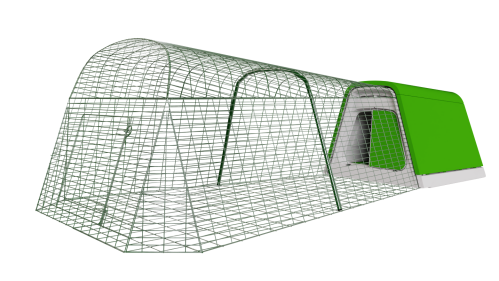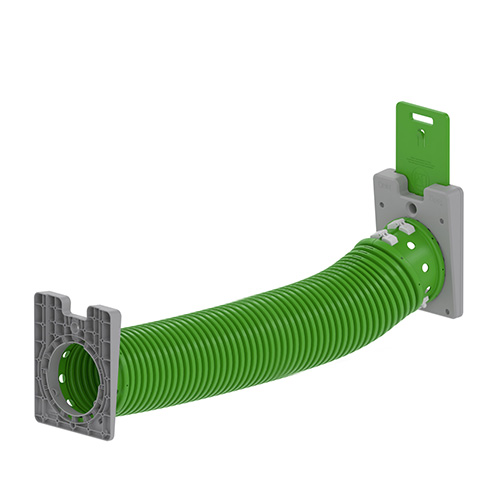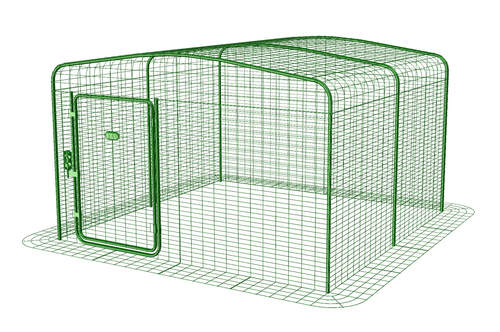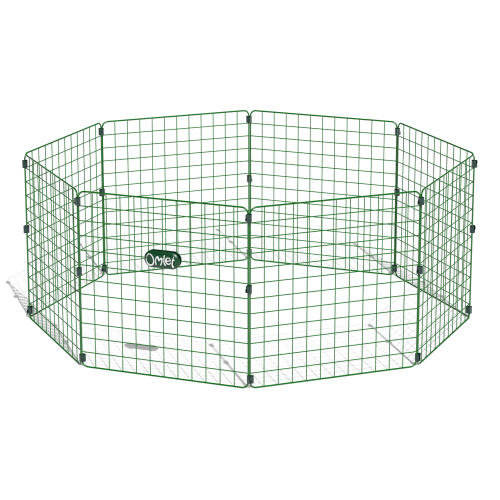Most of the time your rabbits will be the picture of health but every now and then things can go wrong. There are a few big diseases that you can vaccinate your rabbits against which are also described below.
Snuffles
Snuffles is used to describe a variety of symptoms your rabbit may have such as a snotty nose, runny eyes, sneezing and wheezing.
Whatever the symptoms they are likely to be caused by a bacterial infection. Your vet can give an antibiotic to try and alleviate symptoms.
However, sometimes the symptoms will just be masked by the antibiotic and may re-appear at times of stress or if the rabbit is unwell with another illness.
If your rabbit has any of these symptoms a prescription of flu-strength carrots won't be enough and you should take it to the vet for a check up!
Flystrike
Flystrike occurs in the summer and is potentially lethal.
If the rabbit's house isn't kept clean, the rabbit\'s fur can become soiled with droppings.
The droppings make an ideal place for flies to lay their eggs. Within 24 hours the eggs will have turned into larvae and started to burrow into the rabbit.
This is extremely painful and unpleasant for the rabbit and it will have to be put to sleep by a vet.
You can easily avoid the chance of flystrike by keeping the house clean and making sure that your rabbit's diet isn't too rich.
If your rabbit has too much food, it won't digest it properly and this can lead to sticky droppings that cling on to its fur.
Sticky Bottom Syndrome
Sticky Bottom Syndrome occurs when the rabbit is producing too many caecotrophs (a particular type of dropping that rabbits re-digest).
Caecotrophs are dark, look moist and are sticky so they can easily get stuck on the hairs around a rabbit's bottom leaving it permanently dirty.
The most likely cause is a diet that is too rich. The solution is to cut down on pellets or rabbit mix and increase the amount of hay (fibre) in its diet.
It could also happen if your rabbit has become overweight and it is unable to reach round to clean its fur. If you suspect this you should start to exercise your rabbit and adjust its diet.
It's probably best to speak to a vet about this. As soon as there is any sign of a sticky bottom,
try to solve the problem as it can start to attract flies that can not only make your rabbit's life unpleasant but can ultimately be fatal if Flystrike occurs.
For more information about a rabbits digestive system click here.
Myxomatosis
What is myxomatosis (also known as Myxi pronounced Micksi")?
If you have ever come across a rabbit in the wild that has swollen eyes and doesn't run away from you the chances are that it has myxomatosis (see photo above).
It is a virus that was introduced by man in Australia as a way to control the number of rabbits. It came to Britain after being introduced in France, again deliberately.
It is spread by insects or contact with another carrier, so can travel long distances without easy detection.
It is estimated that four in five wild rabbits will catch myxomatosis and domestic rabbits are just as at risk of catching it.
Myxomatosis can't be cured so you should have your rabbit vaccinated against it. Vaccination is quick and costs around £20 at a vet (as in the photo above). If your rabbit hasn't been vaccinated and contracts Myxi the kindest thing is to have them put to sleep by a vet. As the disease is spread by insects, this is another reason to keep your rabbit\'s house as clean and unattractive to insects as possible
VHD (Viral Haemorrhage Disease)
This is another disease that was introduced into wild rabbits as a way of controlling their numbers. It only appeared in Britain in 1992 and is equally as nasty as Myxomatosis.
Annual vaccination is the best weapon against this disease. VHD is an incredibly quick disease; if your rabbit does contract it there will probably
not even be enough time to take it to a vet.








Comments
Tob675, 7 December 2011
a very good webstite all true things thanks for helping me to save my rabbit best web in the world